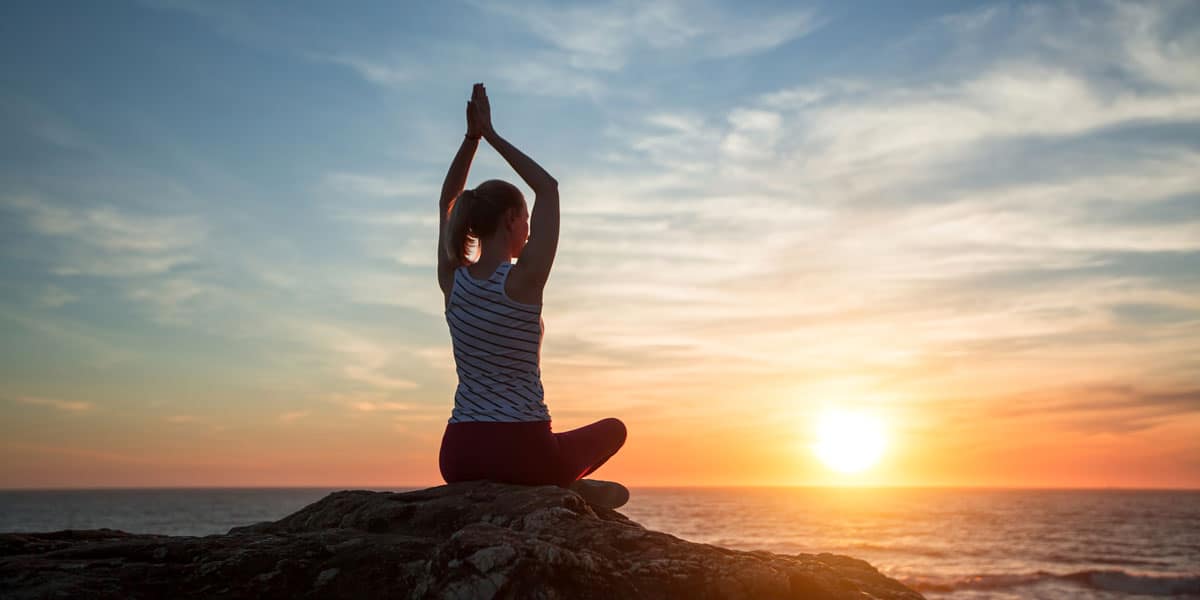
Mindfulness. Everyone’s talking about it. Mindful eating, mindful walking, mindful colouring, mindful play: whatever your thing, it seems you can do it mindfully. But what is it, when is it useful and does it actually work?
Google ‘mindfulness’ and you’ll find 1,001 explanations of what it is (and isn’t), alongside countless offers of related products, podcasts and books. Not very mindful.
But American professor Jon Kabat-Zinn describes it simply as this: “The awareness that arises from paying attention, on purpose, in the present moment and non-judgementally”. His 40 years’ work as a scientist, writer and meditation teacher is internationally respected for its role in creating an acceptance of mindfulness across the western world.
Sometimes called the ‘father of secular mindfulness’, Kabat-Zinn took the Buddhism out of the practice and, in so doing, made it mainstream. That’s why, today, you’ll find mindfulness offered, across schools, workplaces, care settings – even the armed forces – as a different way of helping people manage anxiety, depression and pain (even more so, post-lockdown). Some health services prescribe it (with care, as it’s not suitable for some mental health conditions). Between them, meditation apps Headspace and Calm have now been downloaded more than 100 million times.
So if you’re curious, think it could help but, as yet, haven’t tried mindfulness yourself, what’s useful to know?
First, that you don’t need special equipment or clothing, but you do need to set aside some time. Second, that it starts with the breath and observing the present moment, letting your judgements, thoughts and feelings roll by. Third, that it’s about returning again (and again) to the present moment: being kind to your mind as it wanders, bringing it gently back to the fold.
You can practice mindfulness alone, with friends or as part of a group. You can learn by yourself – using apps such as Headspace or Calm to guide your meditation – or (restrictions permitting) seek an experienced teacher, to be at your side as you take your first steps. Mindfulness isn’t restricted by physical ability or location: all you need is yourself.
Does it work? You decide. Mindfulness doesn’t promise to fix everything that might seem out of kilter in our lives. But many people say that it does nurture a sense of acceptance and equanimity that, in turn, strengthens those precious feelings of wellbeing, happiness and health.







